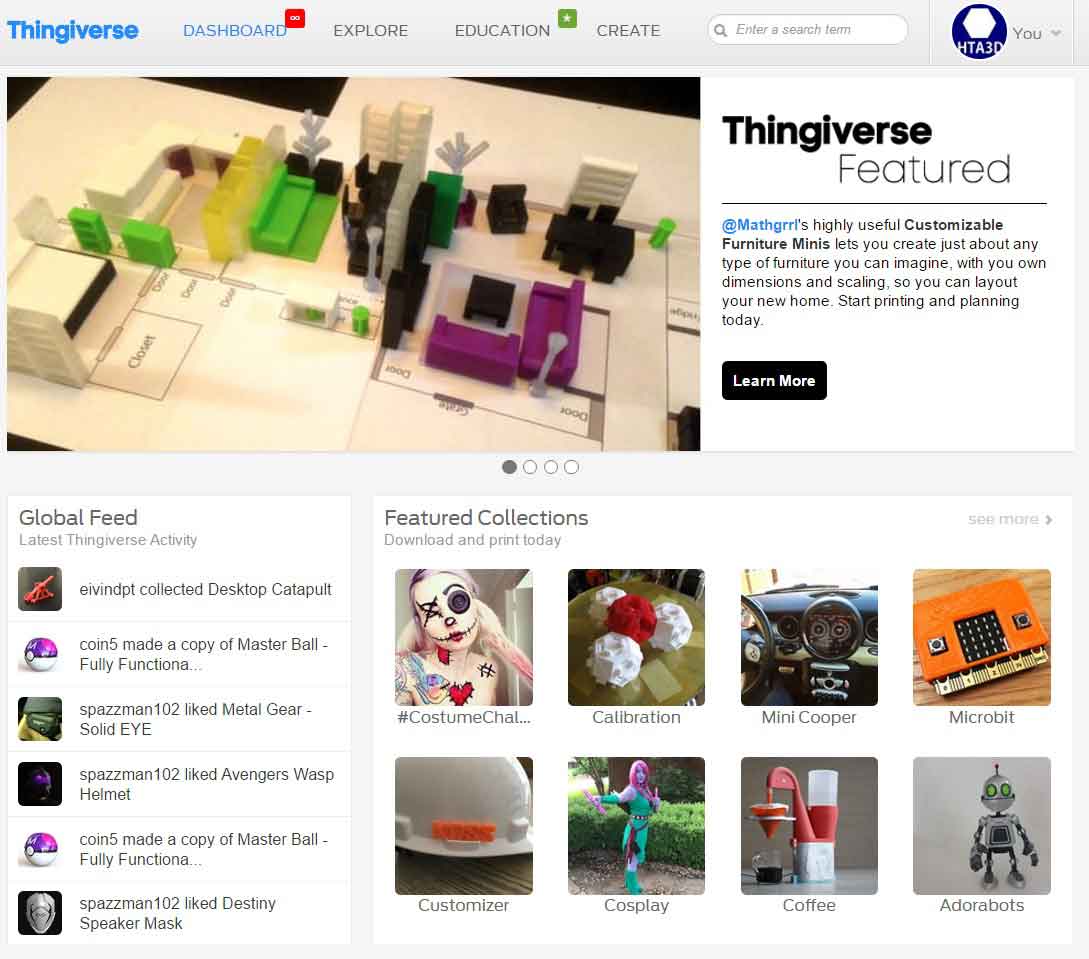
The more complex the design, the more triangles are used to represent it. In STL files, these designs are represented by triangles – hence “triangle language” or “tessellation language.” Because these triangles share edges, their location can be determined by a computer or slicing program (more on this below) to create a full image that can be 3D printed.

These digital files contain geometric information about a design that is meant to be 3D printed.

We recommend PrusaSlicer, as it is powerful, open-source, and contains built-in presets and configurations for all Original Prusa 3D printers and a few others.An STL (for “Standard Triangle Language” or “Standard Tessellation Language”) file is one of the most common file formats for both 3D printing and computer-aided design (CAD). Preparing downloaded models for printingīefore you can start printing them, you need to convert them into.Some of these platforms have both free and paid models, depending on your budget or need. There are plenty of platforms out there to pick from, but here is a list we have found helpful, in no particular order. The platform is also built around the community, and using the 'Groups' feature you will be able to find likeminded people in your area, create cooperations and connections with other makers. There you can download both object files and pre-made GCODE files, for thousands of projects. In some cases, you can download the models for a small fee and support the authors.

Otherwise, you must always credit the author. Fortunately, 3D printing has fans all over the world, and there are some great websites, where you can download a large variety of awesome 3D models.ģD models are generally free to download under the Creative Commons - Attribution - Non Commercial licenses, which means models are not to be used commercially. The best way to get started with 3D printing is to find pre-made models on the internet - they should be in the.


 0 kommentar(er)
0 kommentar(er)
